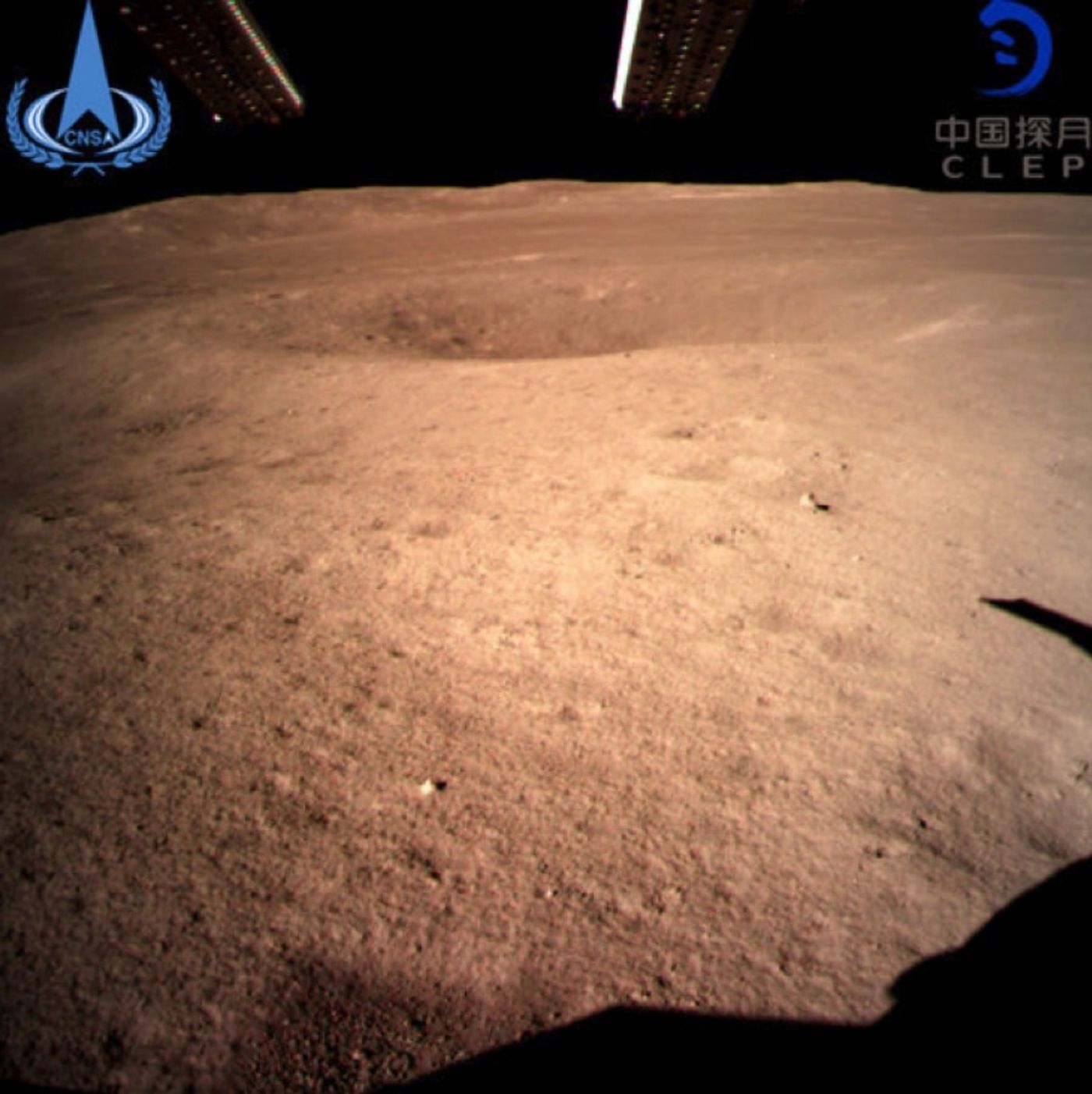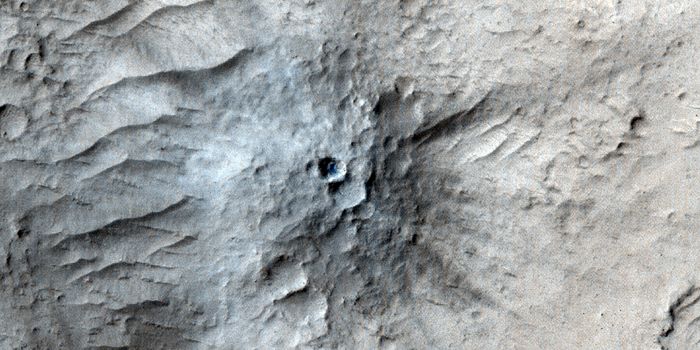Chinese Rover Begins Scientific Exploration on Moon's 'Dark Side'
The Moon orbits the Earth just as the Earth orbits the Sun, but the Moon’s orbit is tidally-locked. In essence, this means that the Moon rotates once on its axis in the same amount of time that it takes to orbit the Earth; consequently, we always see the same face of the Moon. The face we don’t see from Earth’s surface is commonly called the ‘Dark Side’ of the Moon.
While the lunar surface is no stranger to human visitors, we still know very little about the Moon’s Dark Side. Spacecraft have snapped pictures of it before, but a Chinese lander dubbed Chang'e-4 made history by becoming the first spacecraft to land on the Moon’s Dark Side to explore it in the name of science.
Image Credit: China National Space Administration
Citing a statement from the Chinese space agency, Chang'e-4 touched down on the lunar surface at 10:26 A.M. Beijing time (9:26 P.M. Eastern time) on Thursday. Soon after landing, engineers powered on the lander’s communication equipment and various observation instruments, one of which captured the image shown above.
Related: The Moon is close, so shouldn't we colonize it instead of Mars?
Hours after landing, the lander deployed its Jade Rabbit 2 rover to explore the Moon’s Dark Side in person. Its six wheels provide redundancy, ensuring that there are spares if one fails, and together they push the rover at speeds of up to 220 yards per hour.
The rover can allegedly climb hills slanted up to 20 degrees and obstacles up to eight inches in height, making it ideal for crater and boulder exploration. Speaking of craters, the Von Kármán crater inside of the South Pole-Aitken (SPA) Basin is one of the rover’s primary targets for scientific research.
Once there, scientists will deploy the rover’s panoramic camera to discern its surroundings and use its Visible and Near-Infrared Imaging Spectrometer (VNIS) to investigate minerals at the base of the crater. Afterward, the rover’s onboard Lunar Penetrating Radar (LPR) will analyze the Moon’s sub-surface to help scientists paint a clearer picture of the Moon’s early history.
Meanwhile, a Low-Frequency Spectrometer (LFS) at the landing site will investigate low-frequency radio waves from deep space to map out the cosmos. The Dark Side of the Moon is ideal for these types of explorations because the Moon itself blocks out much of Earth’s radio interference.
Before last week, all lunar landings, both crewed and un-crewed, have transpired on the Earth-facing side of the Moon. The nickname ‘Dark Side’ is a bit of a misnomer because it receives plenty of sunlight; instead, it’s called that because of its ominousness and the fact that it’s out of the line of sight of Earth’s surface.
With China’s space agency flexing its muscles after the latest achievement, it should be interesting to see how international space agencies respond. Will more countries visit the far side of the Moon now that China has already been there? Only time will tell.









